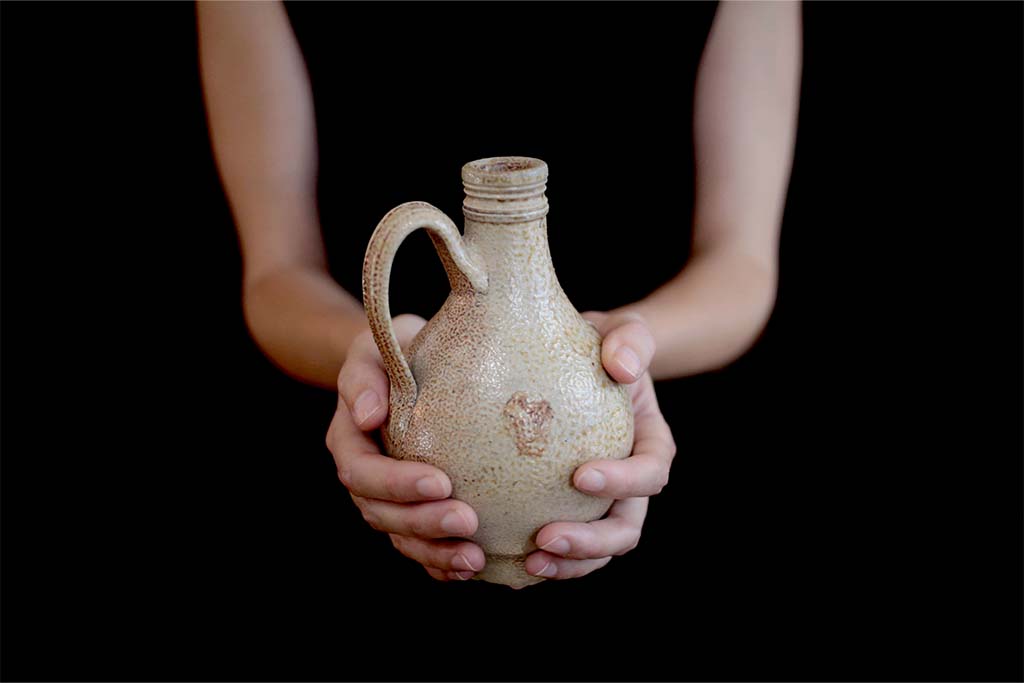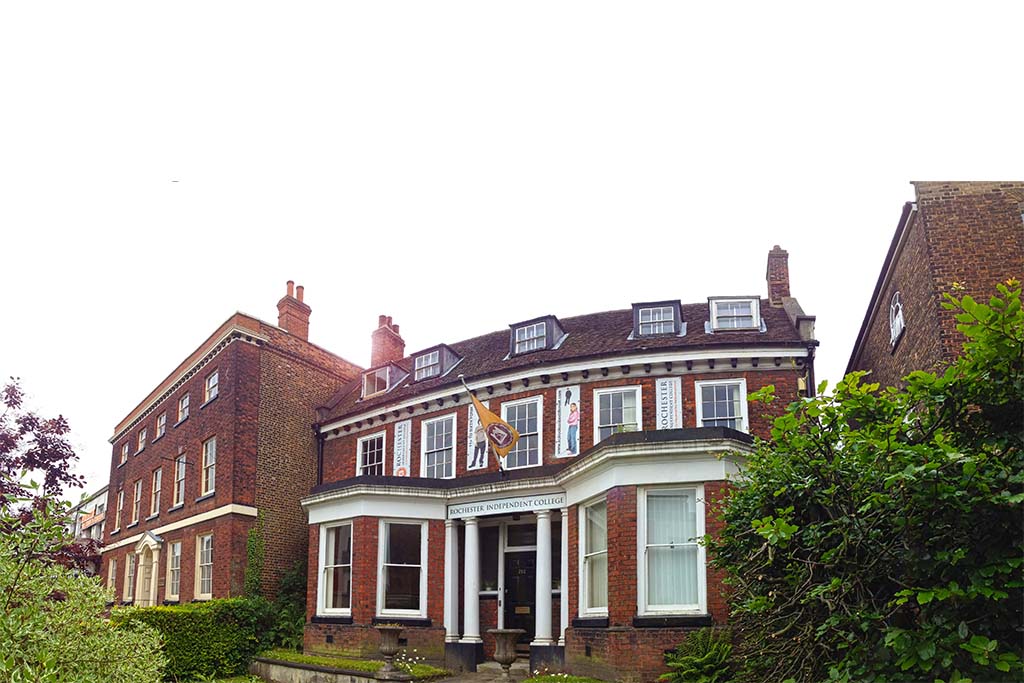
- HOME
- EDUCATION
17th Century Witch Bottle Uncovered
By | 2 years ago
Just in time for Halloween!
An anti-witchcraft device that had lain undiscovered under Rochester Independent College for over three hundred years has come to light, experts at MOLA (Museum of London Archaeology) have confirmed.

The stoneware bottle is only the 147th of its kind ever found in England and astonishingly is the only known example never to have had its contents examined – making this a unique and significant find.
‘Witch bottles’ were magical-medical devices mainly used during the 17th century and administered by professional healers to ‘cure’ a person when the cause of their illness was diagnosed as bewitchment.
The victim or their family would take the victim’s hair and sometimes urine, before adding other ‘protective’ items such as pins, nails or thorns. The resulting mix was sealed within a bottle and then placed around the hearth or buried under floorboards.
These items have since been rediscovered from house renovations since the mid 19th century, as well as in churchyards, ditches and riverbanks and on archaeological sites.
Rochester’s bottle was originally found in a seventeenth-century cesspit during an archaeological excavation carried out in 2004. At the time, it was not identified as a witch bottle and its contents went unnoticed.
The bottle, along with some of the finest collection of late seventeenth-century glassware and pottery to be found in Rochester, was stored in the College cellars where it had lain ever since.
It was only this Autumn, when the College invited local artists and mudlarkers, Kate and Fleur Alston, to metal detect in their gardens that the finds were remembered, examined, and subsequently brought to the attention of experts at MOLA.
Ellen Crozier, Assistant Principal and history teacher at the College remembers the excitement when they realised what it was: ‘I had laid out the finds in one of the classrooms and immediately drew Kate and Fleur’s attention to the bottle as it was the only intact item and very beautiful.
‘Fleur said jokingly that it could be a witch bottle and I told her that there was something inside it. When we investigated, Kate and Fleur were able to identify it. There was quite a buzz as colleagues and visitors came in to take a look.
‘It is just so exciting to be able to stand with the bottle in the building in which it was made and take students to the Computer Science classroom under which it was buried.
‘To be able to tell them that, sometime around the 1680s, an inhabitant of this building believed they had been cursed by a witch and buried a bottle here and this building provides such a tangible and magical connection to the past. We are very excited about the creative and academic opportunities it affords.’

The bottle will now be examined by experts at MOLA working on ‘Bottles concealed and revealed’, a three year project with the University of Hertfordshire funded by the Arts and Humanities Research Council.
The bottle will be X-rayed to help determine its contents and MOLA experts will provide advice on its future conservation and care. Principal Investigator on the project and MOLA expert, Nigel Jeffries, says, ‘what makes this bottle special is that the contents of these bottles have either been lost or have already been conserved and studied, the Rochester example therefore represents a unique and timely opportunity for the project to study a bottle with its contents in-situ.’
Students from Rochester Independent College will now visit MOLA to observe the X-ray and recording process. They will make their own exhibition featuring the bottle as a centre-piece to be viewed by visitors to the College.
Over the Autumn, students at the College will be making their own ceramic bottles to fill with protective contents to conceal around the building, just to keep the building safe whilst the original bottle is on loan.
It is possible that further work on the bottle may be undertaken by MOLA experts, including its contents being extracted and conserved. However, as the bottle’s custodians, this decision ultimately lies with Rochester Independent College and its students.
Read more from the Dukes Education family here.



